Table of contents:
What Is The Belly Button?
The belly button or navel is a small structure that lies in the middle of the stomach. It is what ’s left of the umbilical cord after it is cut during delivery.
Before birth, the umbilical cord serves as a channel which conveys nutrients and oxygen from the mother to the fetus. In the opposite direction (from the fetus to the mother), the umbilical cord carries waste products that are eventually excreted. At birth, the cord is cut and left to heal as the belly button.
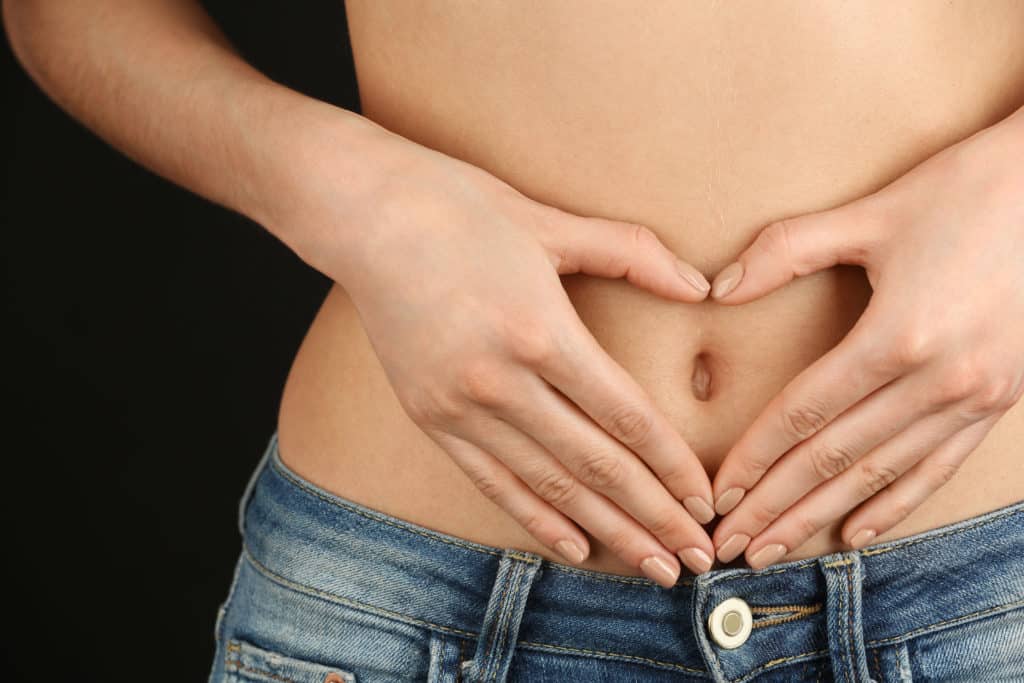
Unlike in the fetus, the belly button of an adult does not connect to anything in the body. It lies freely on the skin of the abdomen without attaching to anything behind it, like the uterus, placenta, or the baby’s belly button.
The belly button could lie within a small depression in the stomach as an “innie” belly button, or protrude outward as a visible “outie” button. Changes in the navel may be due to the state of abdominal muscles, abdominal pressure, or the stomach position relative to the body.
Changes In The Belly Button During Pregnancy
During pregnancy, the body undergoes several changes. The breasts enlarge, the stomach protrudes, and the uterus expands. You will observe the familiar pregnancy ‘glow’, the dreaded stretch marks, and even some rashes to boot. One change that you may not notice immediately is the one going on in your belly button.
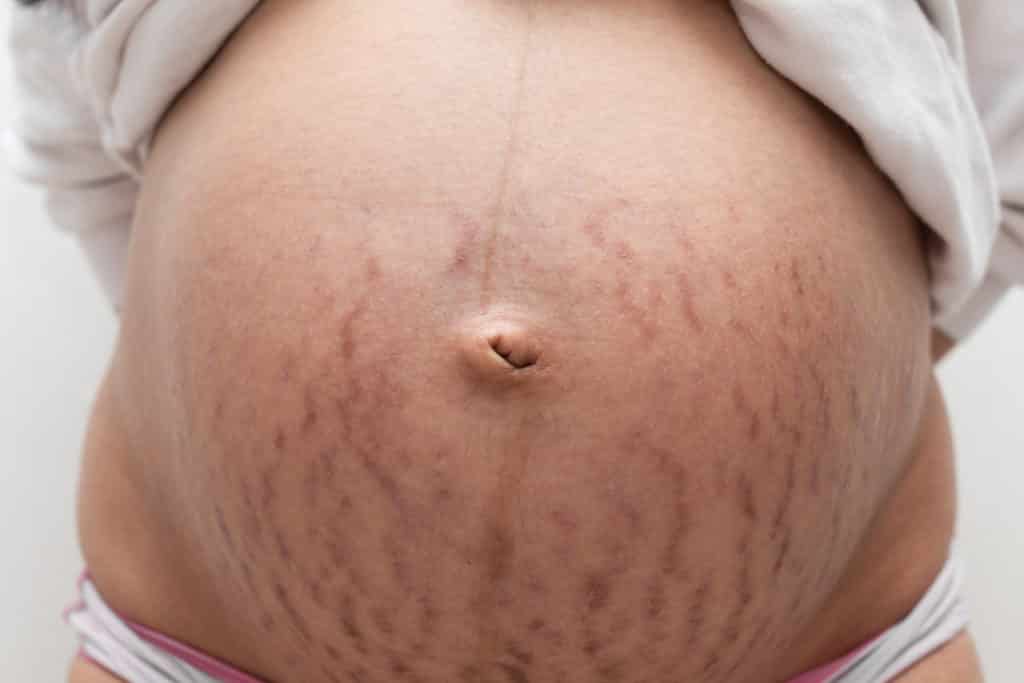
At the early stage of your pregnancy, the fetus is small and your uterus is still within the pelvis. As the fetus grows, you will start showing and the uterus will gradually emerge from the pelvis into the abdomen.
If you have an “outie” belly button, the changes produced by the pregnancy could be so insignificant that you will not notice any specific changes in size. On the other hand, your belly button will start protruding as the pregnancy enters the second trimester if you have an “innie” belly button, and then pop out finally in the third trimester.
When Do The Changes Start?
In the second and third trimesters, the baby’s significant weight and amniotic fluid volume push the uterus firmly against the abdominal wall. These changes within the abdomen eventually cause the belly button to pop out of its ‘inner’ position, leading to the visible changes that you might notice.
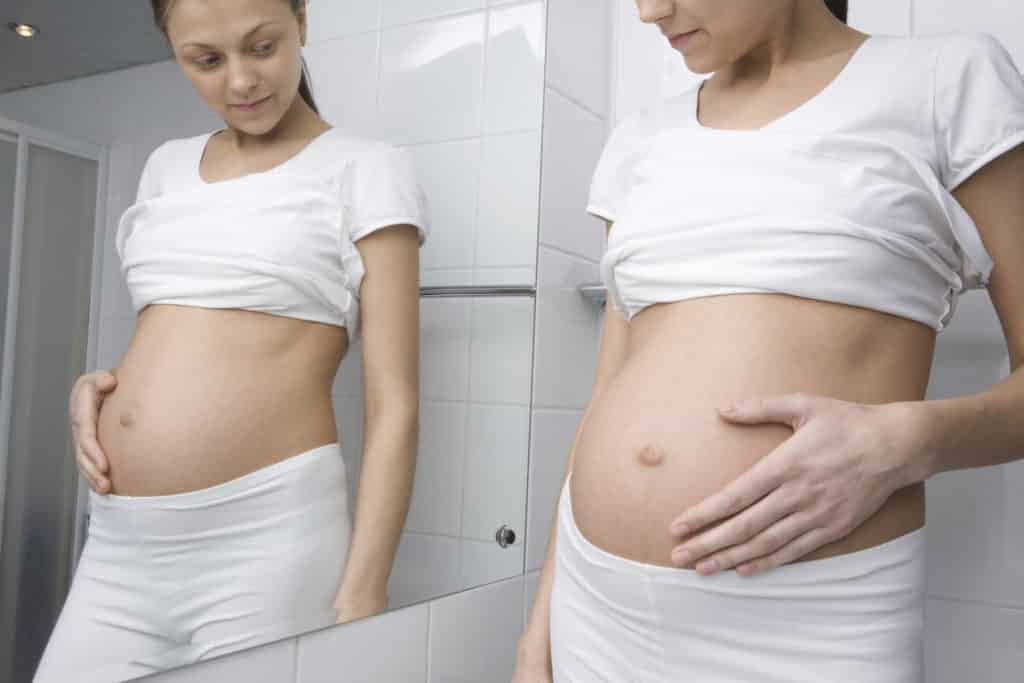
However, not every woman experiences these belly button changes during pregnancy. Some may go through pregnancy without their “innie” protruding throughout the entire period.
What To Do If Your Belly Button Pops Out?
Changes in the belly button are harmless and often resolve by themselves without you needing to see a doctor.
After childbirth, your belly button will gradually resume its initial position and appearance. The pressure in your abdomen will reduce, the abdominal muscles will close and your belly button will also tighten up. In no time, your belly button will look as though it never changed at all.
Some women use a belly button cover or tummy sleeve to prevent irritation when it rubs against the clothes. The skin around your belly button may also feel sore to touch as the changes progress, but this could be due to excessive stretching of the abdomen, the pressure of the uterus, and naval piercings (if you have any).
If you experience any serious discomfort due to these changes, try to:
- Use a maternal support belt to relieve the pressure on your belly button
- Use a pillow to support your belly when resting
- Change your sleeping position from left to right to spread the pressure throughout your abdomen
- Avoid tight-fitted clothing to prevent your clothes from rubbing against your belly button
- Use medicated oils to relieve soreness around your belly button
- Apply calamine lotion to soothe rashes and itchiness
Nevertheless, these changes are normal during pregnancy. Consult your doctor if they make you uncomfortable.
Umbilical Hernia
In some rare cases, an umbilical hernia may cause the belly button to pop out during pregnancy. An umbilical hernia is a gap at the back of the abdominal wall which allows abdominal contents to protrude into the belly button.
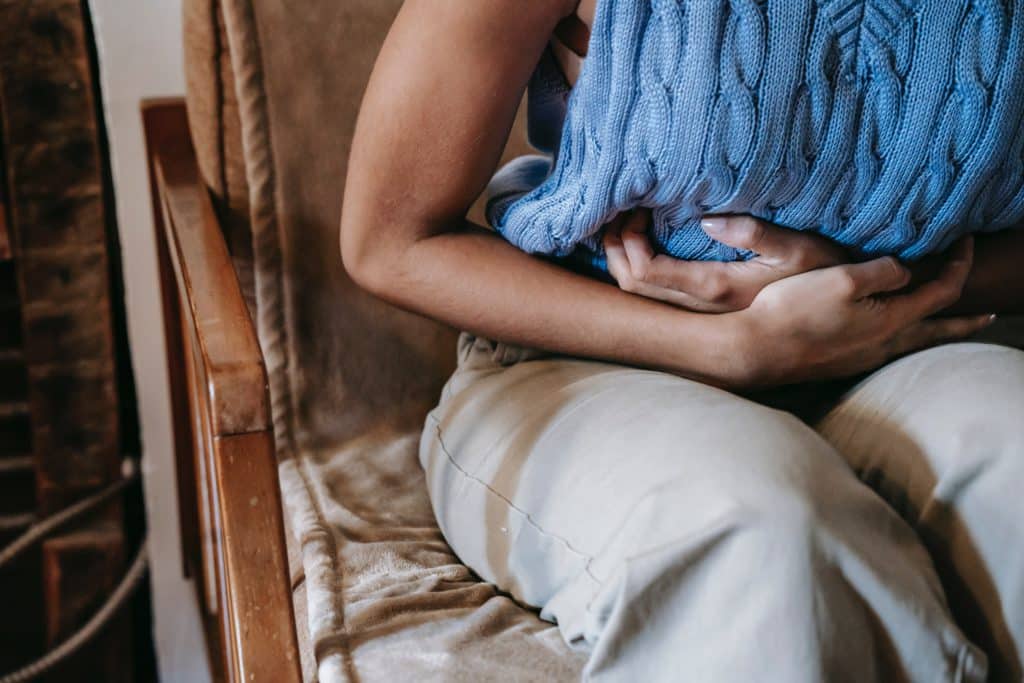
If the gap is wide enough, abdominal tissues will move in and out of the belly button with no discomfort. However, a small gap may cause the tissues to get stuck, leading to various symptoms. The symptoms could be as mild as a dull ache within and around the navel or as bad as a deep, throbbing pain that increases when you cough or sneeze.
Causes of Umbilical hernia
Most cases are noticeable at birth, and congenital malformations of the abdominal wall could leave a gap in the abdomen or render the wall too weak to contain high pressure. Multiple pregnancies can also cause an umbilical hernia.
You have a higher risk of acquiring umbilical hernia if you are obese or have a chronic cough. Either case increases the pressure within the abdomen and could eventually open up the wall around the belly button.
Treatment for Umbilical hernia
For the most part, you don’t need to repair your umbilical hernia if it’s not bothering you, especially not during pregnancy when the hernia is very close to your uterus. You can massage it if you have slight discomfort or wear a belly band to keep it from bulging. This approach should serve you well till the hernia recedes after your pregnancy.
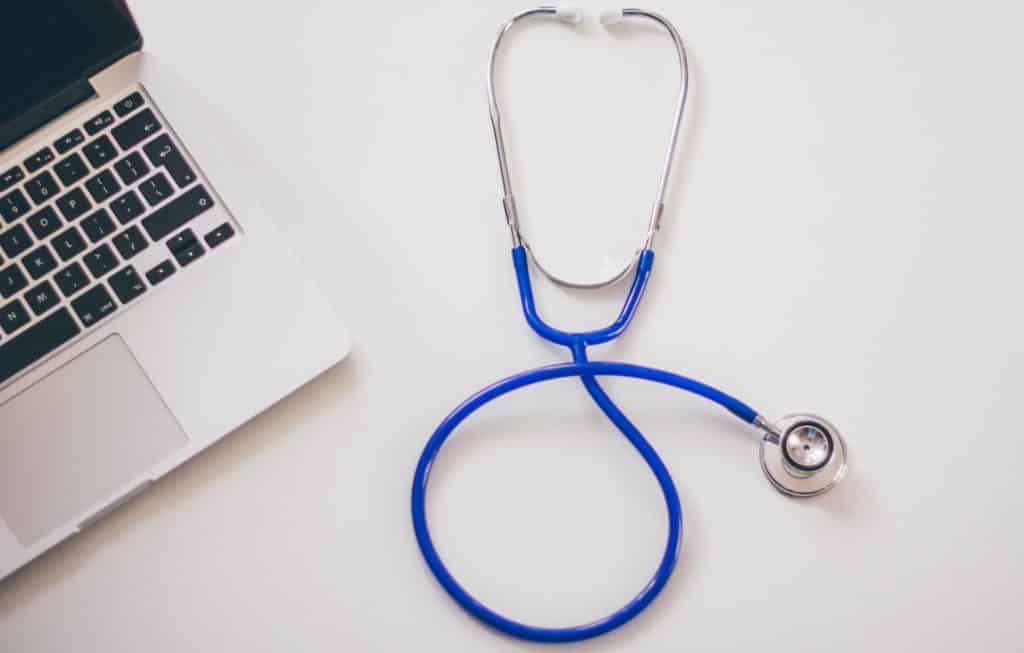
In some cases, surgery may be an effective way to resolve the hernia. This is necessary if the hernia causes you abdominal discomfort, pain, vomiting, and general tenderness around your belly button area.
Final notes
Your body goes through a lot of changes during pregnancy. One of such changes occurs in your belly button, which may pop out from its in-lying position onto the surface of your abdomen, changing it from an “innie” to an “outie” belly button. This occurs in the second and third trimesters and resolves generally after you deliver.
If this happens to you, don’t panic. It’s normal. The changes are generally uneventful and do not affect your pregnancy. However, if you feel some discomfort as a result of the change, it could be a sign of something more serious.
Finally, remember to speak with your doctor about any serious concerns.

